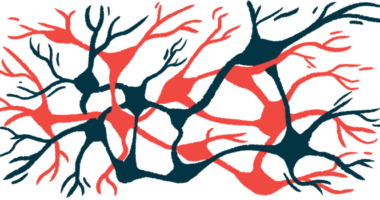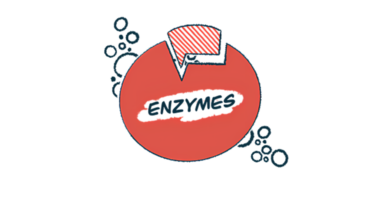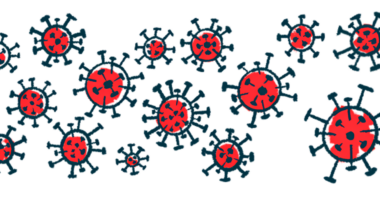Stress sensor GADD45G may be new therapeutic target
GADD45G plays role in causing, worsening brain disease symptoms: Study

Researchers in Texas have discovered a promising therapeutic target for neurodegenerative disorders such as Alzheimer’s and Parkinson’s disease.
Using a mouse model of Alzheimer’s disease, they found that blocking the stress sensor GADD45G in astrocytes, which are star-shaped cells that support neurons, reduced the buildup of toxic proteins and protected synapses, or the connections between neurons.
While the results come from a preclinical study, understanding and controlling how GADD45G functions could help slow or stop reactive gliosis in neurodegenerative diseases. Reactive gliosis occurs in response to damage with an increase in the number of astrocytes and other cells that support neurons but the process can become maladaptive in neurodegenerative disorders.
“These results uncover GADD45G signaling as a promising therapeutic target for [Alzheimer’s] and potentially for numerous other neurological disorders,” researchers wrote.
The study, “GADD45G operates as a pathological sensor orchestrating reactive gliosis and neurodegeneration,” was published in Neuron.
Reactive gliosis is essentially the way certain brain cells react and respond to damage in the brain. This reaction is common in many neurodegenerative diseases, including Alzheimer’s. Scientists believe that if this process can be controlled, it might be possible to treat or reduce the effects of these diseases.
Learning to control reactive gliosis
“Reactive gliosis can help the nervous system adapt to stressful conditions to continue healthy functioning, but it can also be maladaptive, even causing neuronal death,” Chun-Li Zhang, PhD, a professor at the University of Texas Southwestern, who co-led the study, said in a university press release. “Learning how to control this condition could help us protect cells from the negative aspects of reactive gliosis, changing the trajectory of neurodegenerative disease.”
Astrocytes are one of the cell types that are involved in reactive gliosis. They normally help support and protect nerve cells, but can have harmful effects when they become activated in neurodegenerative disorders.
In this study, researchers focused on a molecule called GADD45G, which acts like a stress sensor inside astrocytes. When this molecule is active, it can trigger a strong reaction from astrocytes and other brain cells, leading to more damage.
Experiments performed in a mouse model of Alzheimer’s showed that increased activity of the gene encoding GADD45G caused astrogliosis (astrocytes becoming overactive) and microgliosis (a similar reaction from microglia, the brain’s immune cells). This also led to the loss of synapses and behavioral problems.
However, when researchers turned off the gene encoding GADD45G in astrocytes, they saw the opposite effect: brain cells worked better, synapses were protected, and animal behavior improved. This suggests GADD45G plays a major role in causing or worsening brain disease symptoms.
The way GADD45G works involves a chain of signals. It activates other molecules like MAP3K4, NF-kappaB, and IRF3. These molecules help control the immune system inside the brain. When they are active, they tell cells to release certain chemicals that affect nearby cells, including neurons.
These results show that GADD45G could be a useful target for new treatments — not only for Alzheimer’s, but also for other neurodegenerative diseases, according to the researchers. By understanding and controlling how this molecule works, it may be possible to develop a strategy to slow or stop the damage caused by reactive gliosis.







